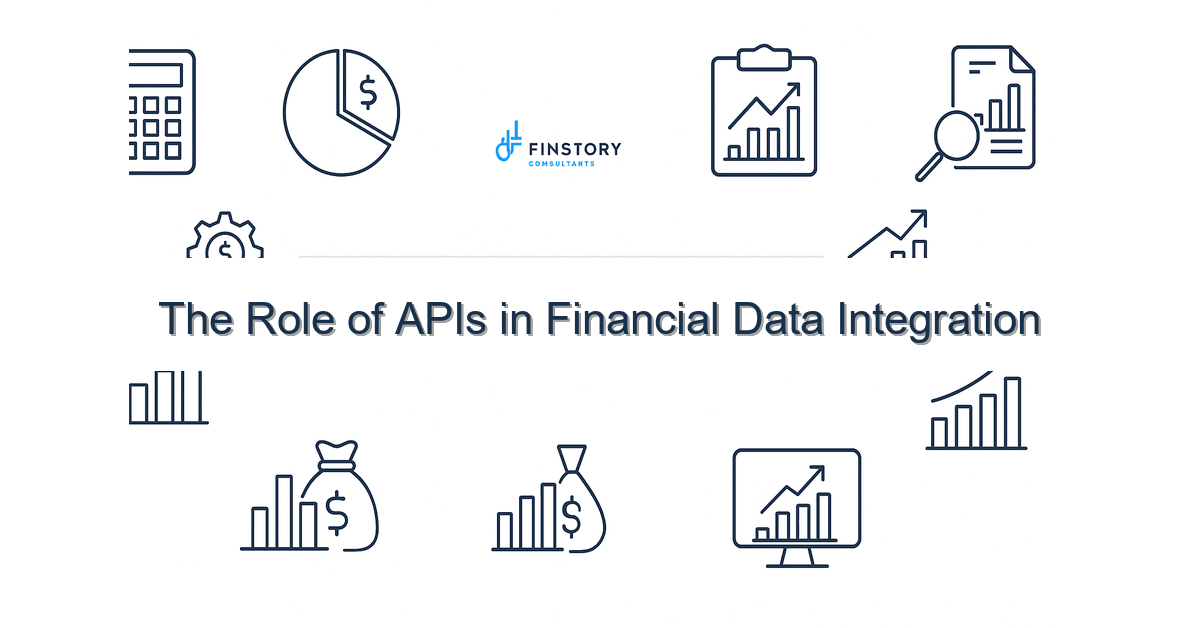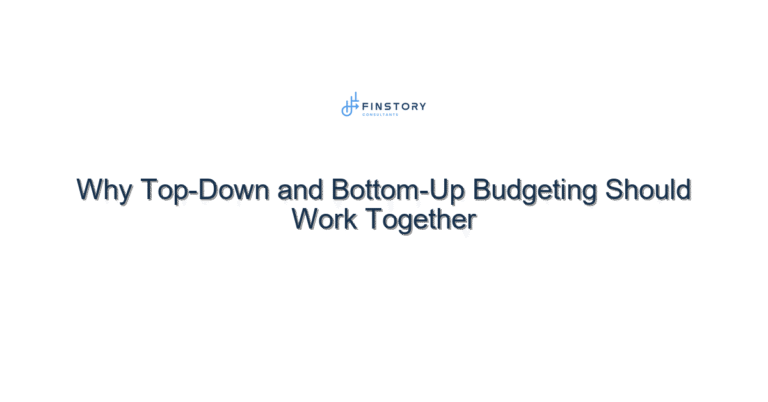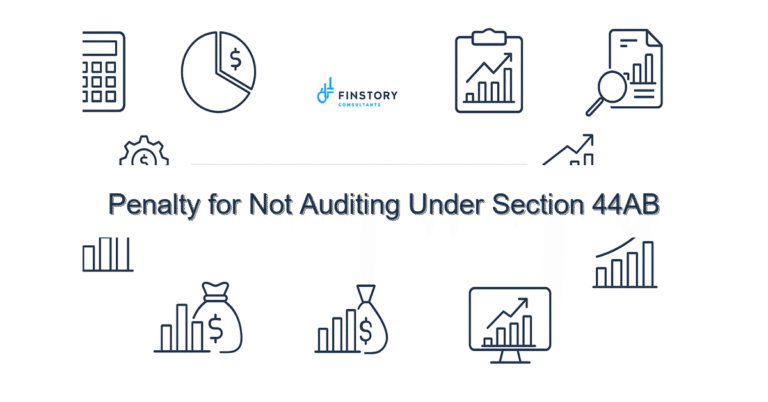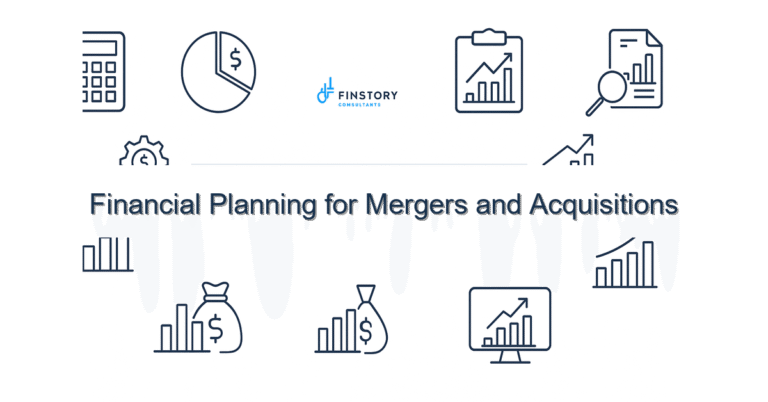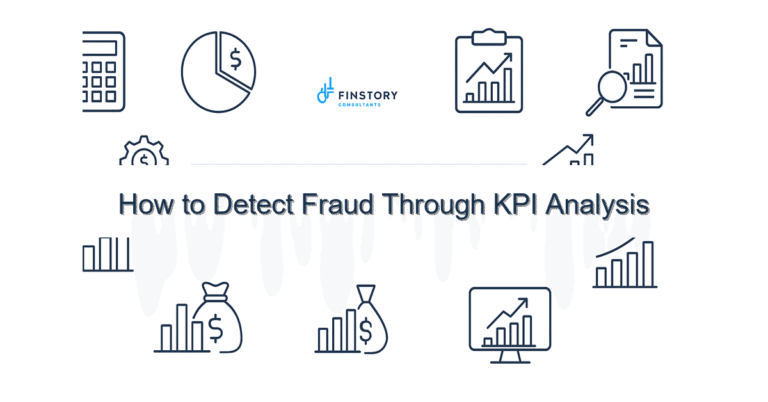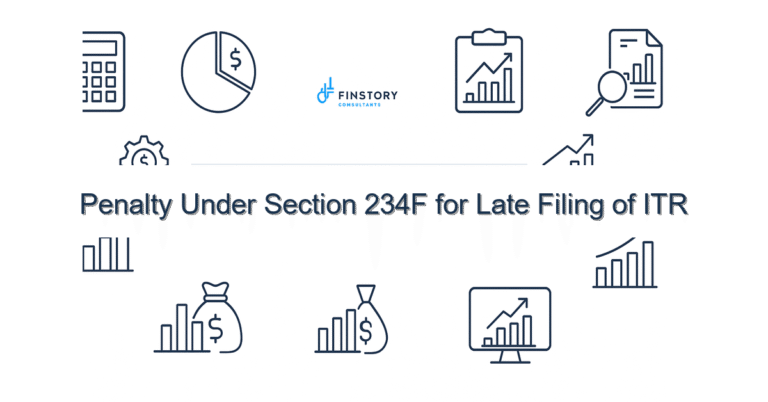The Role of APIs in Financial Data Integration
You’re responsible for reliable numbers and decisions that affect patient care, budgets, and people’s jobs. When data is late, wrong, or stuck in spreadsheets, it feels personal—because it is. APIs in financial data integration are the quiet fix that restores confidence.
Summary: Adopt APIs for financial data integration to reduce manual reconciliation, accelerate month-end close, and deliver trusted leadership reporting. With a clear roadmap and the right controls, you’ll free finance teams to advise strategy, not just rework numbers.
What’s the real problem? (APIs in financial data integration)
Healthcare finance teams juggle dozens of systems: ERP, payroll, procurement, electronic health records, and departmental spreadsheets. Each system speaks a different language. Without seamless data flow, CFOs and controllers spend time reconciling instead of analyzing.
- Symptom: Monthly close drags on—adjustments and reconciliations pile up days after month-end.
- Symptom: Leadership reporting lacks trust—managers ask for backups and still doubt the numbers.
- Symptom: FP&A spends weeks assembling models from stale extracts and manual uploads.
- Symptom: Audit trails are weak—auditors request source files that take days to gather.
What leaders get wrong
Leaders often assume integration is an IT project or that a single overnight file transfer will fix everything. That narrows the solution and delays impact. Common mistakes:
- Buying more point-to-point connectors instead of standardizing data models.
- Treating APIs as a one-off: connect once, forget maintenance and governance.
- Ignoring business process change—automation without process redesign preserves inefficiency.
- Underinvesting in monitoring and alerting, so small data shifts become big surprises.
A better approach
Think of APIs for financial data integration as the plumbing that connects systems while preserving data meaning. Here’s a practical, four-step framework that honors both technology and people:
- Define canonical data objects: agree on definitions for chart of accounts, cost centers, pay types, and patient-revenue categories.
- Expose and consume APIs incrementally: start with high-value endpoints (transactions, payroll, AR) and use REST or FHIR where appropriate.
- Automate validation and reconciliation: build rules so mismatches are flagged before they reach leaders.
- Operate with observability: implement dashboards and alerts to catch schema drift, latency, and failures.
Real-world snippet: a midsize health system we worked with replaced weekly CSV dumps from their payroll vendor with API-driven feeds. Result: reconciliation time dropped from 18 hours to under 3, and the controller reallocated two FTEs to strategic analysis. A single API endpoint cut reconciliation exceptions by 65% in month one.
Quick implementation checklist
- Identify 3 high-impact data flows (e.g., AP transactions, payroll, AR cash receipts).
- Map source-to-target fields and agree on definitions with finance and clinical ops.
- Request or build RESTful endpoints for each source; if EHR data, evaluate FHIR compatibility.
- Create lightweight validation rules (amount, date range, account mapping) and test with a sample month.
- Automate a daily ingest into a staging area—avoid manual CSV handoffs.
- Set up a reconciliation routine that runs nightly and emails exceptions to owners.
- Publish a data catalog entry for each API: owner, SLA, schema, and retention.
- Train one power user in finance to triage integration alerts and own quality metrics.
- Run a 30-day pilot and measure reconciliation time, exception rate, and data freshness.
What success looks like
Success is measurable and operational:
- Accuracy: reduce post-close adjustments by 40–70%.
- Speed: shorten month-end close cycle from X days to X–3 days (example: 7 to 4 days).
- Efficiency: reassign 1–3 FTEs from reconciliation to analysis per $500M revenue organization.
- Trust: 90%+ of leadership reports require no ad-hoc backups or caveats.
- ROI: typical payback within 6–12 months through reduced labor and faster decision-making.
Risks & how to manage them
APIs introduce powerful benefits—and a few manageable risks.
- Risk: Data mismatch or schema changes break reports. Mitigation: version APIs and enforce schema contracts; automate contract tests.
- Risk: Security and PHI exposure. Mitigation: use encryption in transit, token-based auth (OAuth2), and restrict scope by endpoint; log access and audit regularly.
- Risk: Over-automation without human checks. Mitigation: keep exception workflows and human-in-the-loop approvals for high-dollar or sensitive items.
Tools & data
Practical toolset examples: finance automation platforms to orchestrate workflows, API gateways to manage access and SLAs, and visualization for leadership reporting.
- Finance automation: scheduled jobs, validation engines, and process orchestration to reduce manual handoffs.
- Power BI and other BI tools: connect directly to normalized datasets exposed by APIs for real-time leadership reporting.
- Leadership reporting: combine operational and financial feeds to create consolidated dashboards for CFOs and board packets.
Tip: keep data models simple where possible. A clean intermediate layer (a normalized ledger table) makes Power BI models faster and easier to maintain than dozens of ad-hoc extracts.
FAQs
Q: How fast can we see results?
A: You can show a measurable reduction in reconciliation time within 30–60 days if you start with 1–3 high-impact feeds and automate validations.
Q: Do APIs mean we need major IT resources?
A: Not necessarily. Many vendors provide API endpoints; small engineering efforts plus a finance power user can deliver pilots. For legacy systems, consider middleware with pre-built connectors.
Q: How do we protect patient data when integrating EHRs?
A: Use FHIR where possible, enforce strict access controls, encrypt data, and keep PHI segregation clear—only surface what’s essential for finance.
Q: Which integration should we start with?
A: Begin with the flow that causes the most manual rework—often payroll or AP transactions in healthcare organizations.
Next steps
If you want to stop firefighting spreadsheets and start delivering timely, trusted numbers, begin with a short audit of your top 3 data feeds. Use APIs for financial data integration to shorten cycles and increase confidence in leadership reporting.
Want help scoping the work and running a pilot? Contact Finstory for a pragmatic plan that balances speed, risk, and value. We’ll help you decide whether to use vendor APIs, build a lightweight gateway, or deploy a staged automation approach.
Explore Finstory financial automation or read our guide on financial data governance. See a case study on faster closes at Budgeting for Healthcare.
Work with Finstory. If you want this done right—tailored to your operations—we’ll map the process, stand up the dashboards, and train your team. Let’s talk about your goals.
📞 Ready to take the next step?
Book a 20-min call with our experts and see how we can help your team move faster.
Prefer email or phone? Write to info@finstory.net
or call +91 44-45811170.
